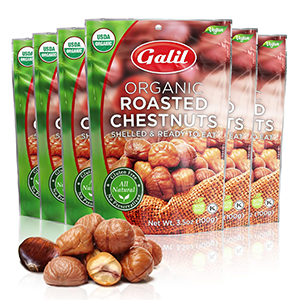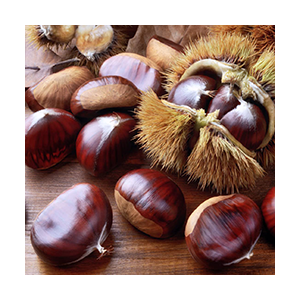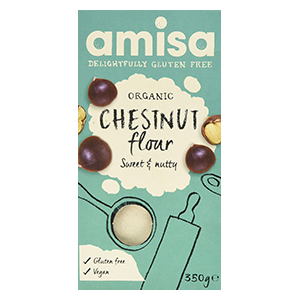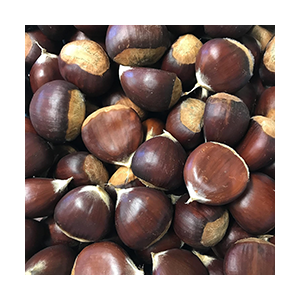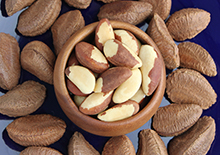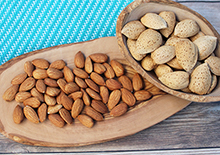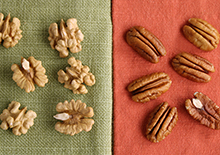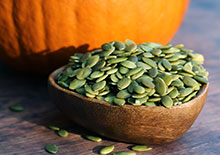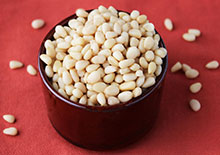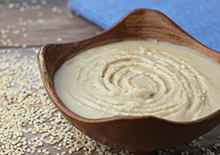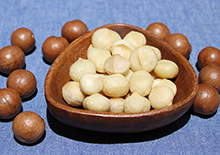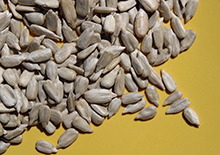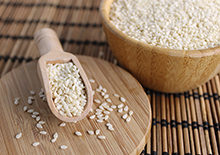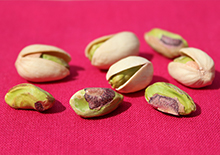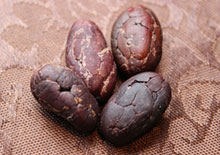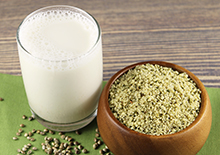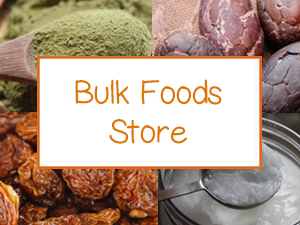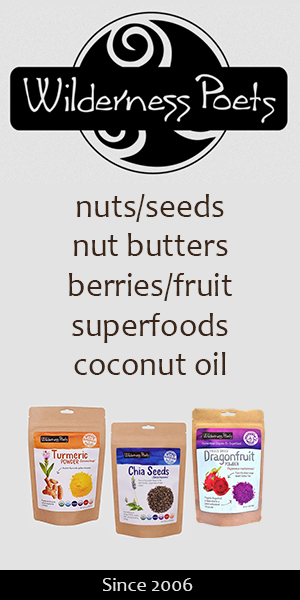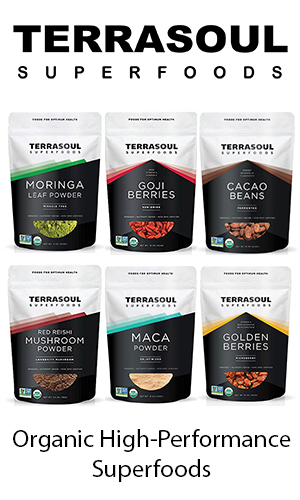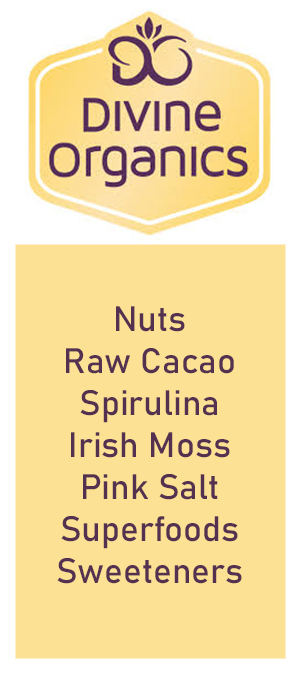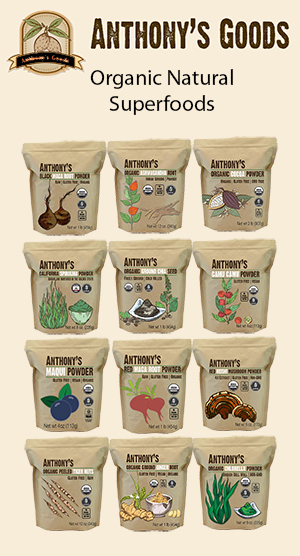- Home
- Nuts and Seeds
- What are Chestnuts?
What are Chestnuts? Interesting Facts & Nutritive Quality
Where Do Chestnuts Come From?
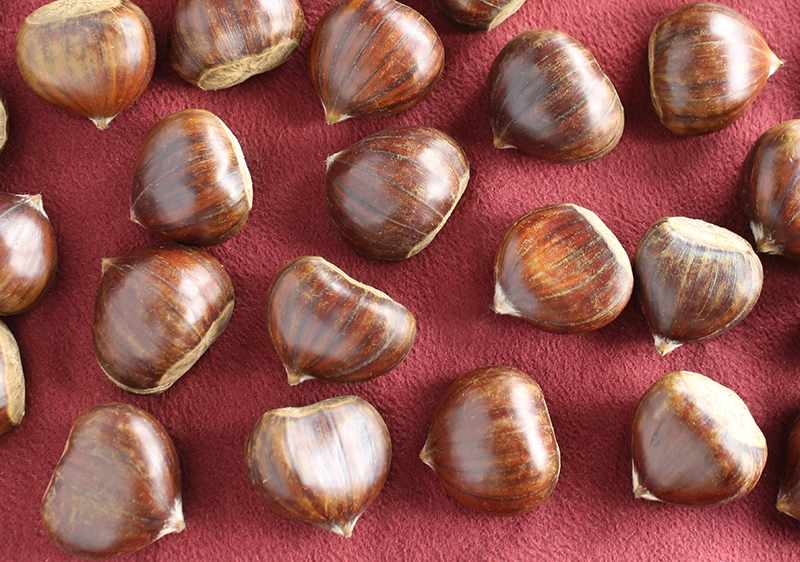
Chestnuts are the fruits or nuts from chestnut tree species that grow in many parts of the world. Here in the United States, we are familiar with the giant American chestnut (Castanea dentata), one of the tallest chestnut tree varieties.
Other popular species include European chestnuts like the Spanish chestnut (Castanea sativa) also called "sweet chestnut". This is the one commonly sold unshelled in the commercial marketplace.
Not to be confused with two unrelated species called water chestnuts and horse chestnuts, true chestnuts are contained within a sharp spiny husk or "burr" which grows in clusters. Inside the burrs, there are usually, depending on the species, between one to seven brown, hard and shiny unshelled chestnuts.
This outer shell is technically known as a "peel". Underneath this layer is a thin slightly fuzzy skin that is removed to reveal the creamy pale yellow nut that must be heated to make it palatable to humans.
What Do They Taste Like?
Chestnuts in their raw state are very hard and astringent. However, when you heat them either through roasting or boiling for a short time, they soften and become deliciously nutty and sweet.
When thoroughly cooked, they taste very much like a sweet potato in texture and flavor.
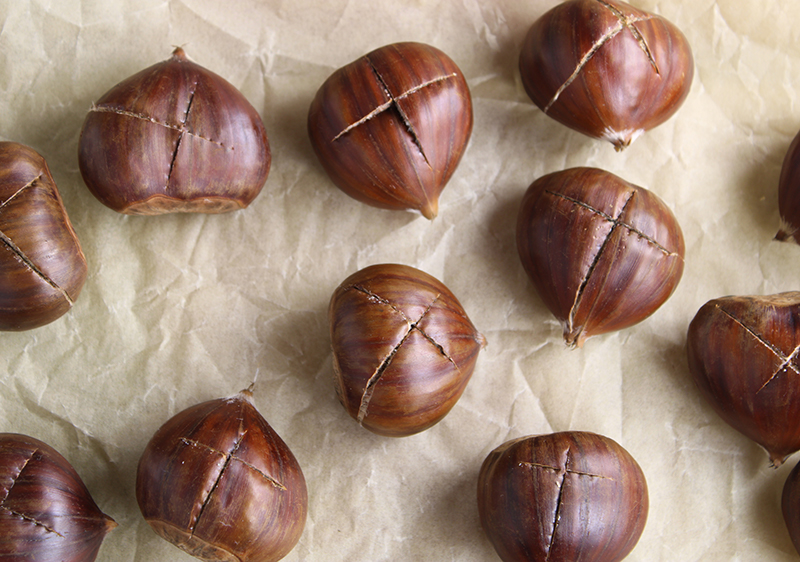
How to Prepare Chestnuts
Since you must cook chestnuts before you serve them, most traditional techniques use two ways to do this. Both are done in the shell which is peeled after the cooking time.
#1 Roasting - This is where the song lyric "roasting chestnuts over an open fire" comes from. It is by far the most popular method for preparing chestnuts so they're not only fit to consume but can also provide unique depth of flavor.
Yes, this can actually involve roasting them over flames or on a grill, but modern roasting is usually done in an oven.
Chestnuts need to be scored before heating so they don't burst open. This likewise makes it easier to remove the brown peel and inner skin once they're done.
- To score them lay the flat side face down and score a large X on top with a sharp knife or use a chestnut cutter tool. Soak for two hours which will help to soften them.
- Then simply pre-heat the oven to 425°F (220°C) and roast for about 20 minutes. They are traditionally served hot fresh from the oven.
#2 Boiling - This method is favored when you intend to utilize the chestnuts in recipes like stuffing, sauces and purees or they can be roasted with root vegetables or dried and ground into a flour for baked goods or pasta.
- To cook them boil a pot of water, add the whole scored soaked chestnuts and simmer for about 20 minutes.
- Some of them may not open up in the water, but they magically do as soon as you take them out.
- Allow to cool before peeling.
This is one of our favorite ways to eat chestnuts as it seems to make the inner peel easier to remove and they still have a delicious flavor and texture.
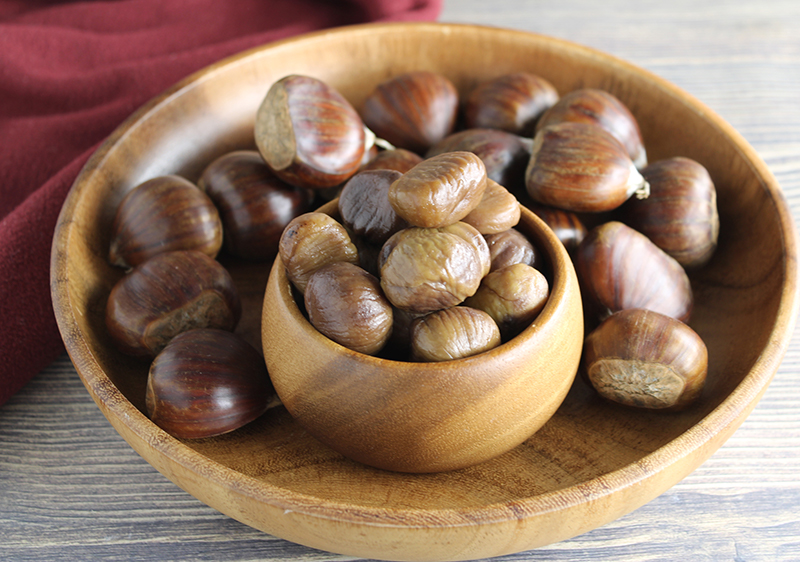
Purchasing Chestnuts
In-shell chestnuts are more common around the holiday seasons here in the U.S. The Spanish chestnut (Castanea sativa) tend to be the preferred variety because they're larger and sweeter. But the Chinese chestnut (Castanea mollissima) is also another leading chestnut producer.
You can also purchase peeled roasted chestnuts online or in some markets as well as chestnut flour or purees.
Nutritive Qualities
Instead of protein or fat like other culinary nuts, the main component in a chestnut is carbohydrates in the form of STARCH. Some consider it on par with that of potato or other starchy nuts like cashews.
Once they're cooked, chestnuts soften, the starch turns to oligosaccharide and monosaccharide and the sucrose breaks down to form glucose and fructose. These elements, along with some caramelization provide for their sweet taste and flavor.
The amylose starch content significantly influences the texture of chestnuts when cooked.
According to one product label, a 50 gram serving (about 7 small chestnuts) contains approximately 22 grams CARBS, 5 grams SUGARS and 3 grams FIBER.
While their not on the keto diet, they can offer some calories for snacking between meals as well as are shown to provide some B vitamins and minerals like potassium, calcium, magnesium and iron.
Although lower in calories than many other nuts and seeds, they have been a historically important staple food source because of their plentiful and storable nature in chestnut growing regions.
In some parts of the world, chestnut trees were highly valued for their prolific supply of nuts, providing sustenance for entire communities throughout the year often consumed as a porridge or polenta.

Chestnuts Contain Antioxidants
Chestnuts are also valued as a source of antioxidants in the form of phenolic acids, flavonoids and tannins even after roasting. The greatest amount come from gallic acid, ellagic acid, quercetin and sometimes vanillin depending on species source.
They are one of the few nuts that contain VITAMIN C. However, this nutrient is somewhat degraded when heated at high temperatures. (*)
About Chestnuts and Oxalates
As we know, many common foods contain oxalic acids and nuts are no exception. Studies find that these "antinutrients" affect mineral uptake but can be reduced via cooking techniques.
When it comes to analyzing chestnuts and their oxalate content, because they need to be heated, these levels are diminished.
Water-boiled chestnuts would probably contain the least amount, but some research shows low levels of soluble oxalate in both roasted chestnuts and pistachios.
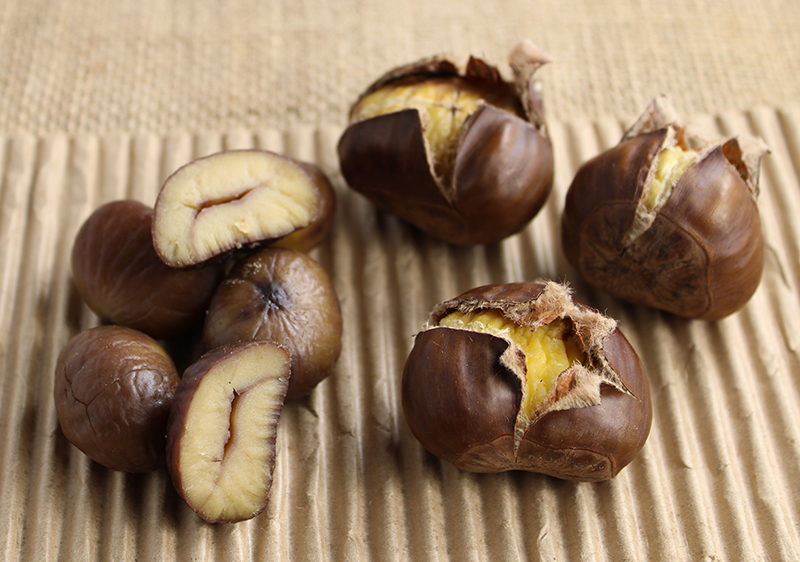 Roasted Packaged Peeled Chestnuts Vs Fresh Roasted In Shell
Roasted Packaged Peeled Chestnuts Vs Fresh Roasted In Shell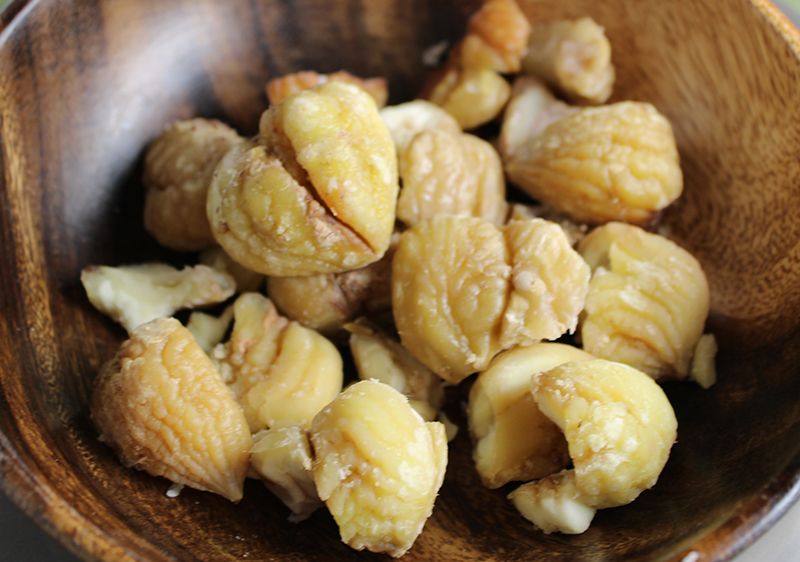
Chestnut Roasting at Christmas
Chestnuts are ready to harvest in the fall to late winter seasons making them an appetizing treat for the cold winter holiday seasons of the Northern Hemisphere.
Chestnuts are an iconic delicacy to be especially enjoyed at Christmas here in the United States especially among Italian Americans. This tradition is said to have historical roots in Italy, other parts of Southern Europe or the Mediterranean where chestnuts were and still are customarily roasted over an open fire or toasted on a roasting pit by street vendors. They are a common treat sold hot at many fairs and festivals.
Other Chestnut Eating Traditions
Other than being a yuletide favorite during the holiday season, chestnuts, also called "marrons", are consumed in many other ways often in desserts like cakes, puddings and confections.
Chestnut puree is often combined with sweetener, milk and vanilla called "marron paste". It's frequently used as a filling for pastries, baked goods and to make the French classic dessert known as Mont Blanc.
Marrons glacés is another example coming from France and Northern Italy in which roasted chestnuts are candied.
Sweet chestnut flour is popular in Corsica, an island north of Sardina. It is often utilized there to make cakes and a type of polenta called pulenta castagnina.
About the Historic American Chestnut Blight
At one time historical records indicate that there were close to four billion chestnut trees on the Eastern part of the United States, largely dominating most of the trees in the Appalachian Mountain range.
These American chestnuts (Castanea dentata) were massive trees averaging over 100 feet tall and 10 feet in diameter and known for their abundance of chestnuts.
As American nature lovers, we can't really do a website page without talking about an event known as the Chestnut Blight.
This was a period in the early 1900s when a fungus (Cryphonectria parasitica), thought to have come from a Japanese chestnut species, was introduced and unfortunately took out most of this tree population over a 40 year period.
Today, organizations like The American Chestnut Foundation are now dedicated to chestnut tree restoration in an attempt to reintroduce other disease resistant chestnut species back into this natural habitat.
Precautions:
Chestnuts contain resistant starch which can behave as a mild laxative or cause flatulence for some individuals. Consult your healthcare professional before eating chestnuts on a regular basis if pregnant, nursing, taking any medication or if you have a serious health condition.
Shop Related Products (About Affiliates & Amazon Associate Paid Links)
Affiliate Disclaimer: This section contains affiliate product links. If you make a purchase through our recommended links, we receive a small commission at no additional cost to you. Thanks for the support.

